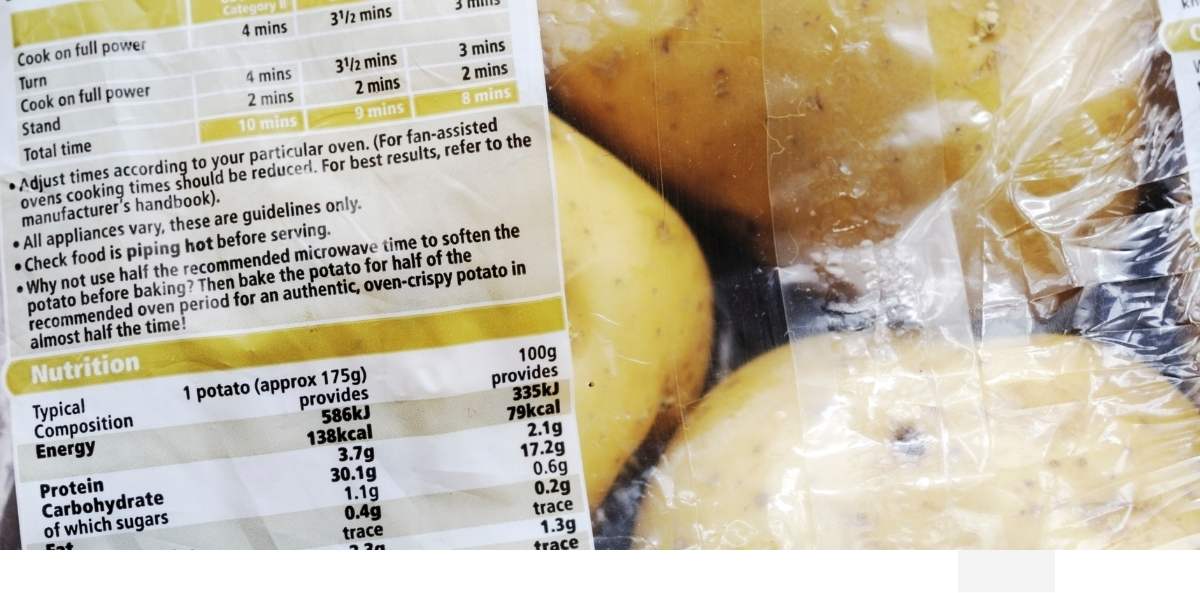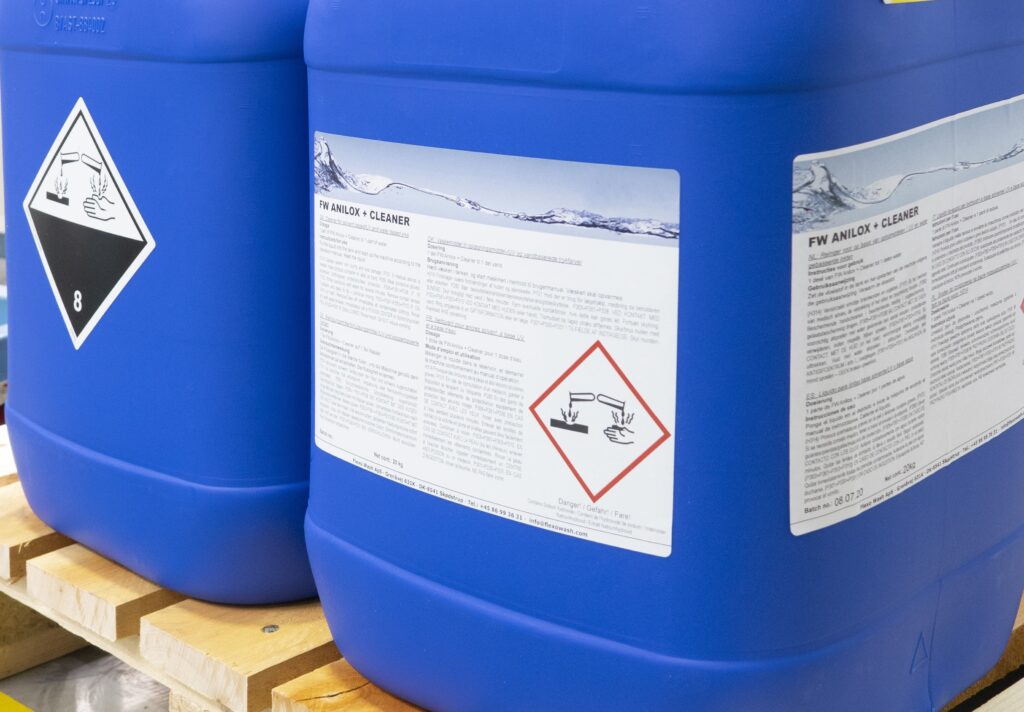
What information should be included on the product label?
A properly generated self-adhesive label of goods is the basis of an efficient supply chain. It informs about important details related to a given product in accordance with current regulations. The modern market requires that labels are not only clear and legible, but most importantly contain the most important information that will help you make an informed choice. Labeling regulations vary depending on the product category, and it is essential for both manufacturers and consumers to know them.
What are labeling regulations?
In the realities of modern and contemporary commerce, everyone should be aware of what they are buying. Labeling regulations are nothing more than legal regulations that specify what information must be placed on the packaging of various products in order to be compliant. Their purpose is to ensure that consumers are fully informed about goods, enabling them to make informed purchases. Depending on the country and the type of product, regulations can vary, making it necessary for manufacturers to stay abreast of current standards.
In the European Union, labels and markings should meet the requirements of consumer protection and public health directives (CE marking). In particular, this applies to the energy industry, fishery products, agricultural goods, food quality and chemicals.
What does the product label contain?

The labeling of food products is regulated by Regulation (EU) No. 1169/2011 of the European Parliament and of the Council of October 25, 2011, which concerns the provision of food information to consumers. The document contains precise guidelines for the appearance and content of labels, which must be followed by manufacturers.
A product label should contain a range of relevant information to help consumers understand exactly what they are buying. The basic elements of the label are:
- product name – clearly states what is in the package,
- ingredient list – detailed information about the contents of the product, which allows you to identify potential allergens and substances that may raise concerns for consumers,
- expiration date – information on when the product should be consumed or used by,
- nutritional value – indicates the caloric and macro- and micronutrient content of the product,
- storage conditions – indicates under what conditions the product should be stored to retain its properties,
- weight without packaging,
- shelf life.
In addition to the above information, the label may also contain information on quality certificates, the origin of the product or instructions for use.
Does the manufacturer’s name have to be on the package?
Yes, the name of the manufacturer or distributor must be placed on the packaging. This information is important not only for legal reasons, but also for consumer confidence in the brand. Knowing who produced a product allows you to make a more informed choice. If there are problems with a product, the customer should be able to easily contact the manufacturer to file a complaint or obtain additional information.
What are the requirements for food labeling?
A number of EU and national regulations are designed to ensure that consumers receive reliable information about food products. Among the basic requirements are:
- clear indication of allergens – every food product must inform about the presence of substances that can cause allergic reactions, such as nuts, gluten, milk, soy, or eggs,
- nutritional value – must be presented in an understandable form, usually in the form of a table,
- origin information – some products, especially those promoted as local, must include information about the country of origin.
- expiration dates – especially important for perishable products.
What should a chemical product label contain?

Chemicals are special substances for which labeling standards are even stricter to ensure maximum safety for users and the environment. They must include hazard warnings, precautions, pictograms, as well as information on the substance’s composition and a full safety data sheet.
In addition, they must be clear, easy to read and understand by the recipient in order to minimize the risk of misuse or accidents associated with the product. In this case, it is particularly important that the marker be permanent and impossible to remove. In the Etisoft store you will find a wide selection of high-resolution labels, both product, energy, as well as information and warning labels
The label should contain the following information:
- the full name and chemical composition – should be clearly defined so that the user can understand what is in the product,
- hazard information – must be clearly labeled to warn users of potential health or environmental hazards,
- recommendations for use – how to use the product correctly to ensure its effectiveness and safety,
- storage conditions – specifying under what conditions the product should be stored so that it does not lose its properties,
- first aid information – what to do in case of contact with the skin, eyes or after ingesting the product.
Product labels are important for protecting consumers and ensuring that the purchases they make are informed and in line with their needs. Knowing the regulations governing the labeling of goods and the elements that should be included on labels is a fundamental step toward informed and thoughtful purchases.
